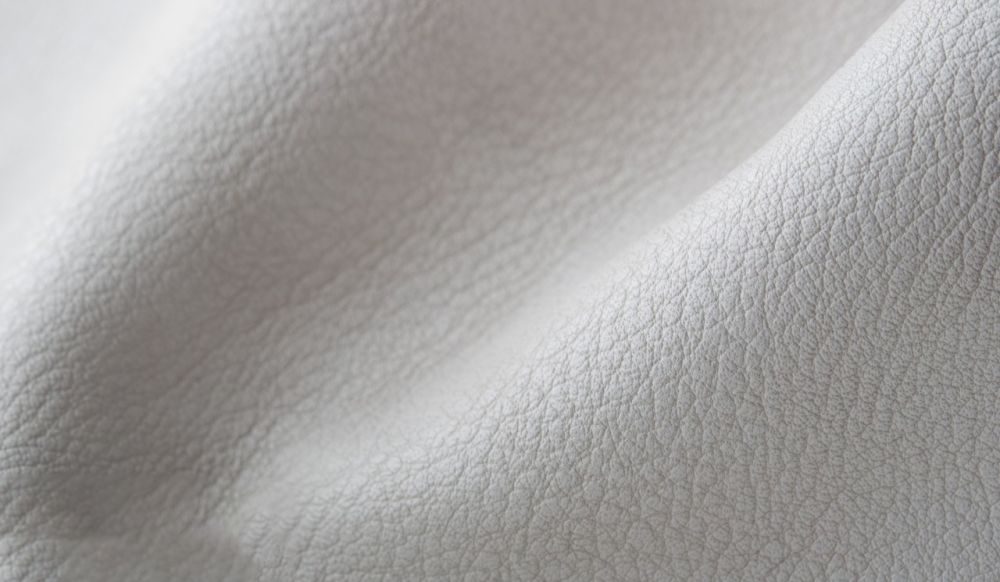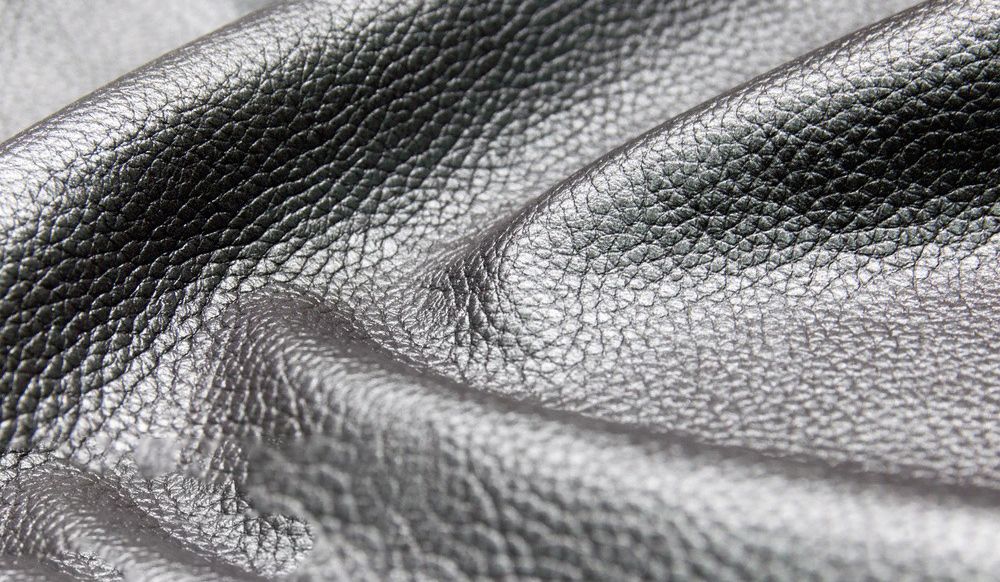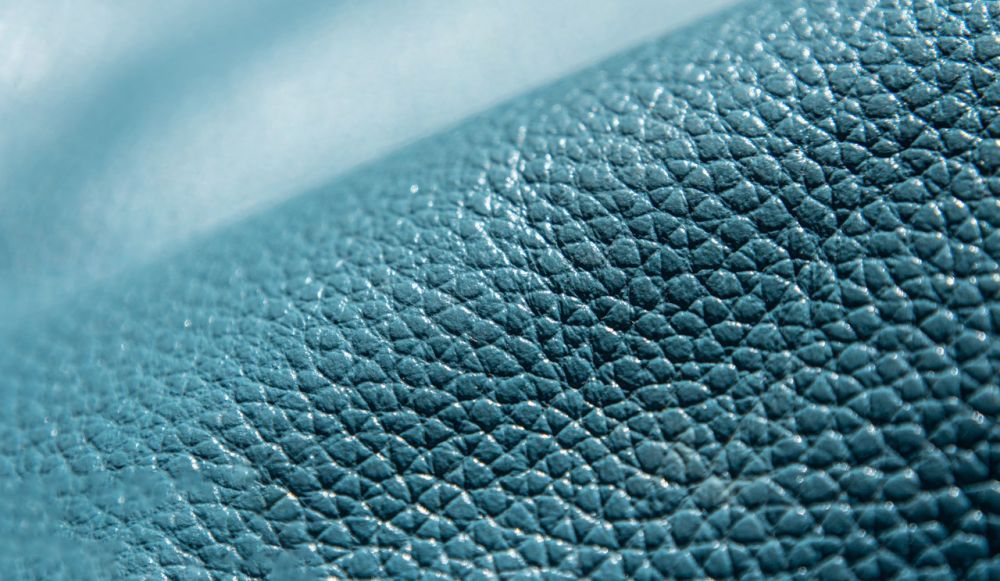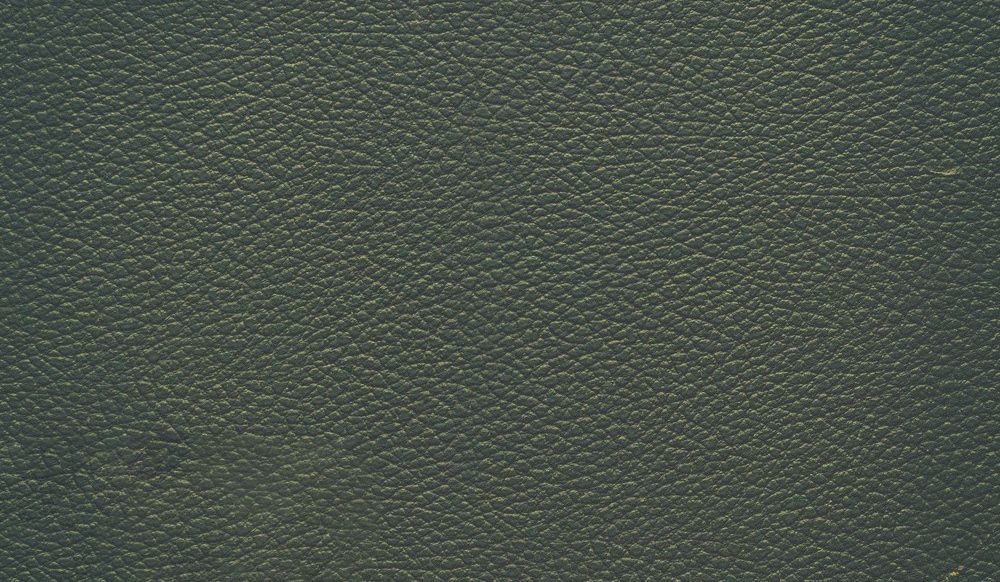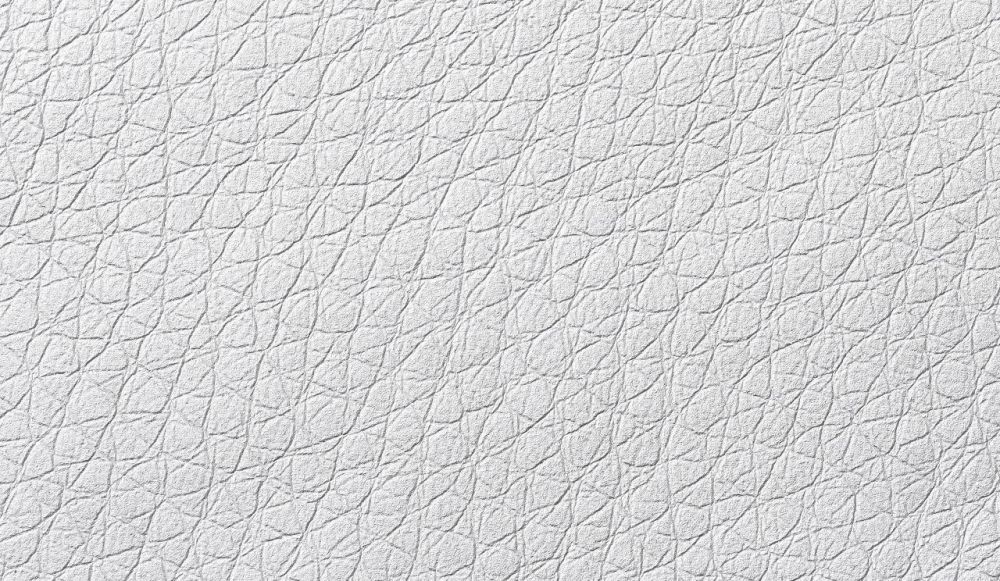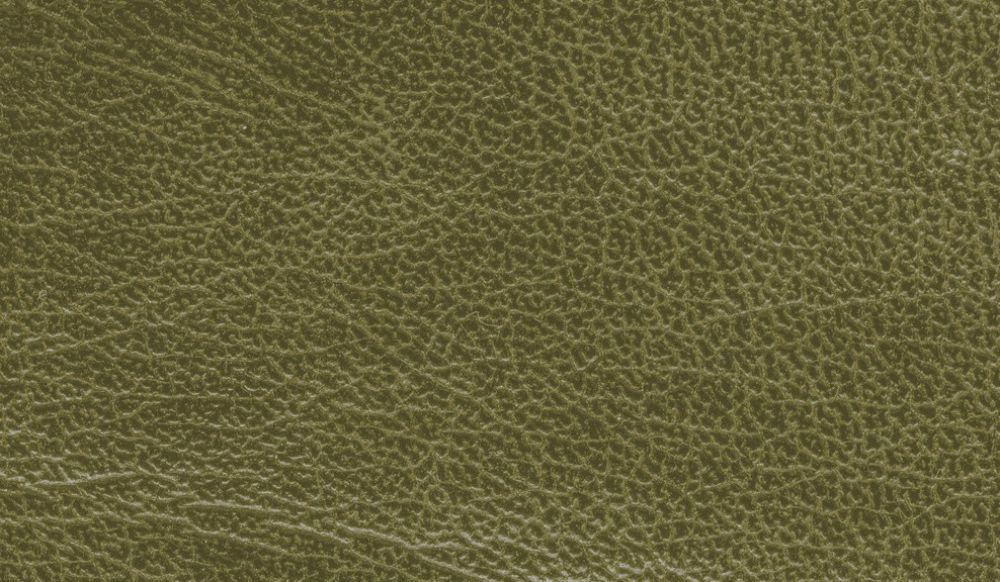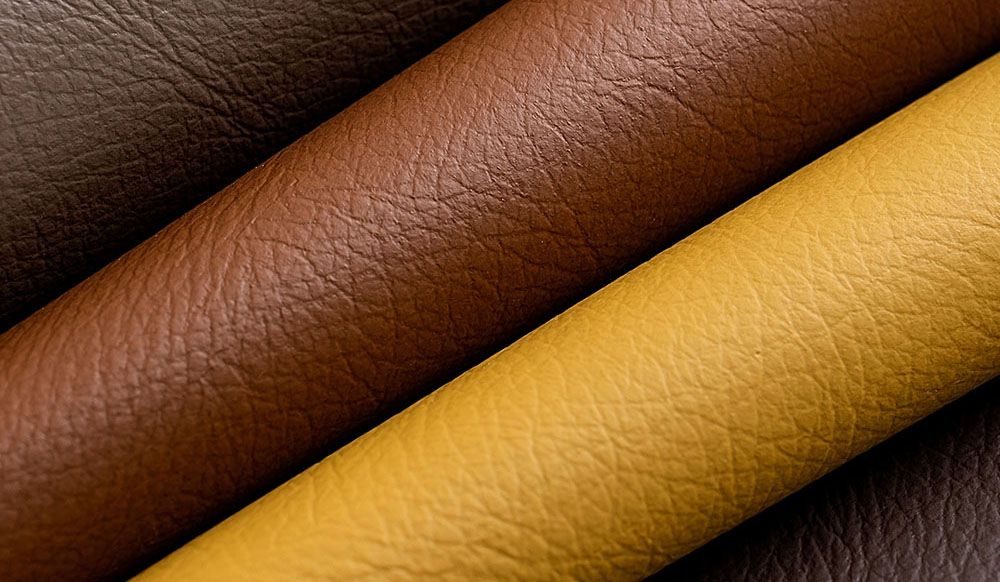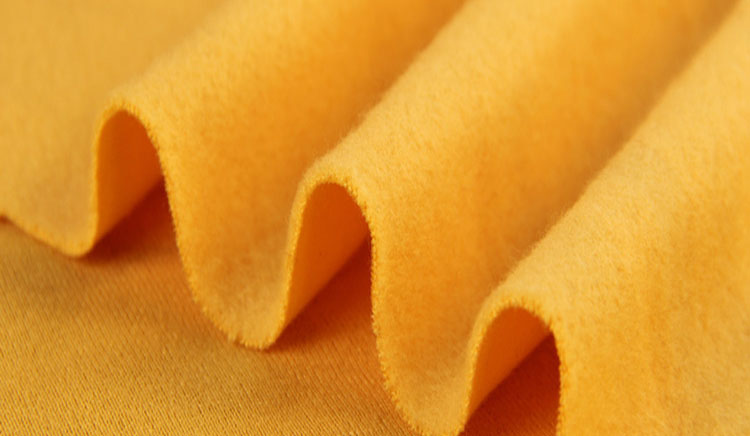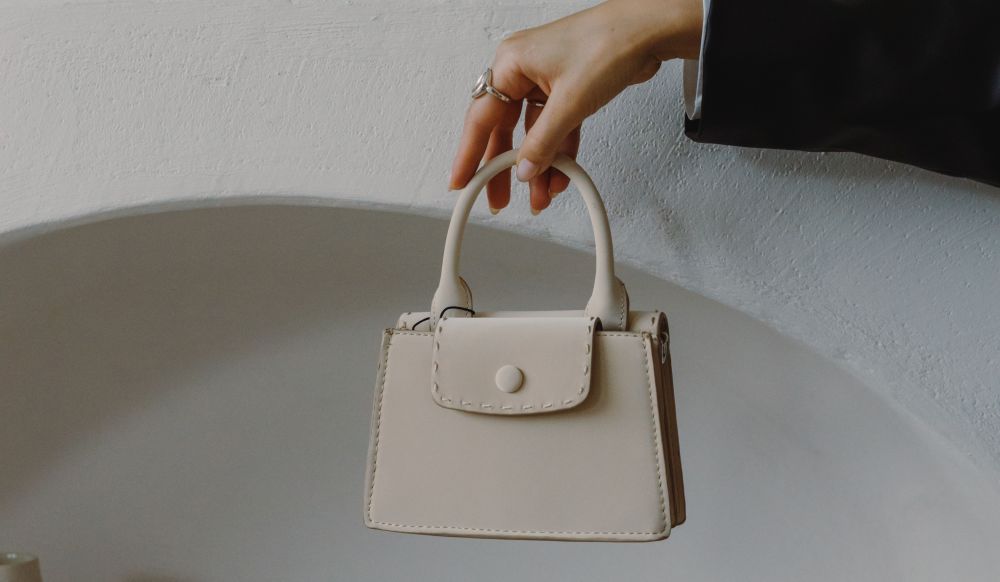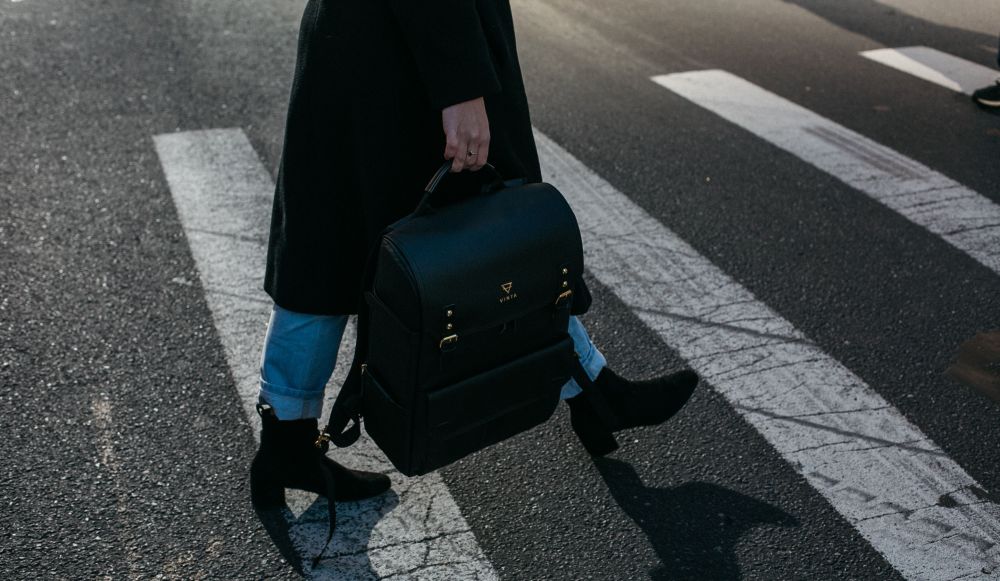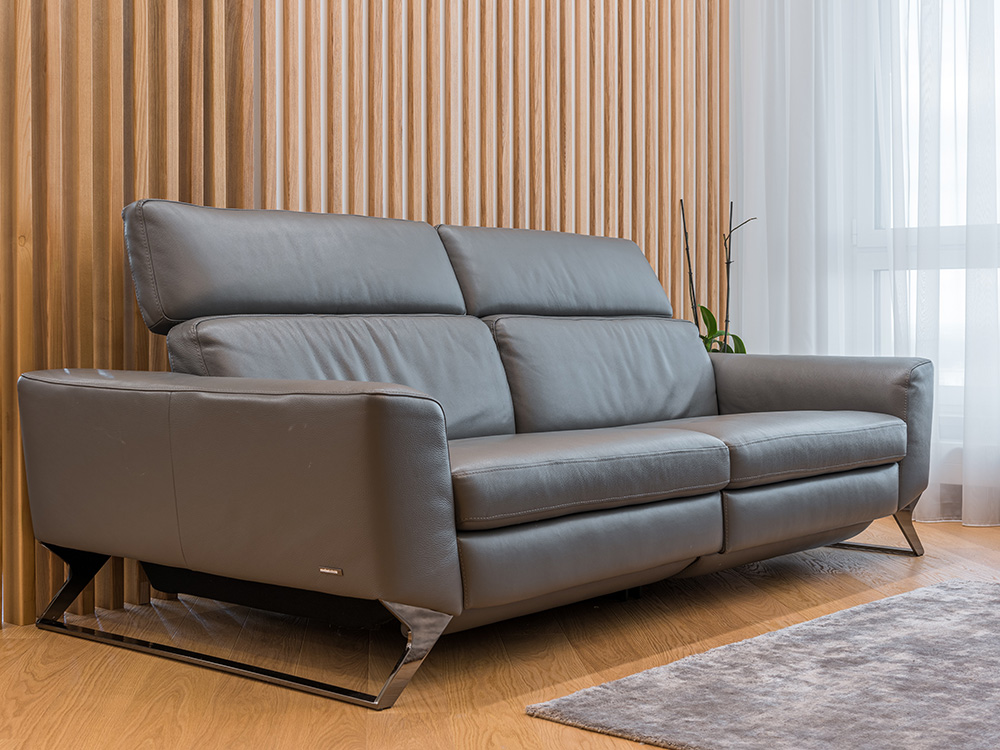
Detail
Si-TPV silicone vegan leather products are made from dynamic vulcanized thermoplastic silicone-based elastomers. Our Si-TPV silicone fabric leather can be laminated with a variety of substrates using high-memory adhesives. Unlike other types of synthetic leather, this silicone vegan leather integrates the advantages of traditional leather in terms of appearance, scent, touch, and eco-friendliness, while also providing various OEM and ODM options that give designers unlimited creative freedom.
Key benefits of the Si-TPV silicone vegan leather series include a long-lasting, skin-friendly soft touch and an appealing aesthetic, featuring stain resistance, cleanliness, durability, color personalization, and design flexibility. With no DMF or plasticizers used, this Si-TPV silicone vegan leather is PVC-free vegan leather. It is ultra-low VOCs and offers superior wear and scratch resistance, No need to worry about peeling the leather surface, as well as excellent resistance to heat, cold, UV, and hydrolysis. This effectively prevents aging, ensuring a non-tacky, comfortable touch even in extreme temperatures.
Material Composition
Surface: 100% Si-TPV, leather grain, smooth or patterns custom, soft and tunable elasticity tactile.
Color: can be customized to customers' color requirements various colors, high colorfastness does not fade.
Backing: polyester, knitted, nonwoven, woven, or by customer’s requirements.
- Width: can be customized
- Thickness: can be customized
- Weight: can be customized
Key Benefits
- No peeling off
- High-end luxury visual and tactile look
- Soft comfortable skin-friendly touch
- Thermostable and cold resistance
- Without cracking or peeling
- Hydrolysis resistance
- Abrasion resistance
- Scratch resistance
- Ultra-low VOCs
- Aging resistance
- Stain resistance
- Easy to clean
- Good elasticity
- Colorfastness
- Antimicrobial
- Over-molding
- UV stability
- non-toxicity
- Waterproof
- Eco-friendly
- Low carbon
- Durability
Durability Sustainability
- Advanced solvent-free technology, without plasticizer or no softening oil.
- 100% Non-toxic, free from PVC, phthalates, BPA, odorless.
- Does not contain DMF, phthalate, and lead.
- Environmental protection and recyclability.
- Available in regulatory-compliant formulations.
Application
Animal-Friendly Si-TPV silicone vegan leather offers a superior alternative to traditional materials like genuine leather, PVC leather, PU leather, and other synthetic leathers. This sustainable silicone leather eliminates peeling, making it an ideal choice for creating desirable light luxury green fashion. It significantly enhances the aesthetic appeal, comfort, and durability of footwear, apparel, and accessories.
Usage Range: Si-TPV silicone vegan leather can be utilized in various fashion items, including garments, shoes, backpacks, handbags, travel bags, shoulder bags, waist bags, cosmetic bags, purses, wallets, luggage, briefcases, gloves, belts, and other accessories.
Solutions:
Next-Generation Vegan Leather: The Future Of Fashion Industry Is Here
Navigating Sustainability in the Footwear and Apparel Industries: Challenges and Innovations
The shoe and clothing industry is also called the footwear and apparel allied industries. Among them, Bag, Clothing, footwear, and accessories businesses are important parts of the fashion industry. their goal is to give the consumer a sense of well-being based on being attractive to oneself and others.
However, the fashion industry is one of the most polluting industries in the world. It is responsible for 10% of global carbon emissions and 20% of global wastewater. And the environmental damage is increasing as the fashion industry grows. it is becoming increasingly important to find ways to reduce its environmental impact. thus, a growing number of companies and brands are considering the sustainable status of their supply chains and syncing their environmental efforts with their production methods.
But, consumers’ understanding of sustainable shoes and clothing is often vague, and their buying decisions between sustainable and non-sustainable apparel often depend on aesthetic, functional, and financial benefits.
Therefore, they need to fashion industry designers are constantly engaged in researching new designs, uses, materials, and market perspectives to Combine beauty with utility. Whereas footwear and apparel allied industries designers are by their nature divergent thinkers, Usually, regarding materials and design considerations, the Quality of the fashion product is measured in three characteristics—durability, utility, and emotional appeal—with respect to the raw materials used, the product design, and the construction of the product.
Durability Factors: Tensile strength, tear strength, abrasion resistance, colorfastness, and cracking/bursting strength.
Practicality Factors: Air permeability, water permeability, thermal conductivity, crease retention, wrinkle resistance, shrinkage, and soil resistance.
Appeal Factors: The visual attractiveness of the fabric face, tactile response to the fabric surface, fabric hand (reaction to hand manipulation of the fabric), and eye appeal of the garment’s face, silhouette, design, and drape. The principles involved are the same whether the footwear and apparel allied products are made of leather, plastic, foam, or textiles such as woven, knit, or felt fabric materials.
Sustainable Alternative Leather Options:
Several alternative leather materials are worth considering in the footwear and apparel industries:
Piñatex: Made from pineapple leaf fibers, Piñatex is a sustainable alternative to leather. It utilizes agricultural waste, providing an additional income stream for farmers and reducing environmental impact.
Si-TPV Silicone Vegan Leather: Developed by SILIKE, this vegan leather combines innovation with environmental responsibility. Its skin-friendly feel and abrasion-resistant properties surpass those of traditional synthetic leather.
When compared to synthetic fibers such as microfiber leather, PU synthetic leather, PVC artificial leather, and natural animal leather, Si-TPV silicone vegan leather emerges as a promising alternative for a more sustainable fashion future. This material provides better protection from the elements without sacrificing style or comfort, while also helping to reduce energy consumption.
One of the unique characteristics of Si-TPV silicone vegan leather is its long-lasting, safety-friendly, soft, and silky touch that feels incredibly smooth against the skin. Moreover, it is waterproof, stain-resistant, and easy to clean, allowing designers to explore colorful designs while retaining aesthetic appeal. These products exhibit excellent wearability and resilience, and Si-TPV silicone vegan leather boasts exceptional color fastness, ensuring it will not peel, bleed, or fade when exposed to water, sunlight, or extreme temperatures.
By embracing these new technologies and alternative leather materials, fashion brands can significantly reduce their environmental impact while creating stylish garments and footwear that meet and exceed consumer demands for quality, performance, and sustainability.










